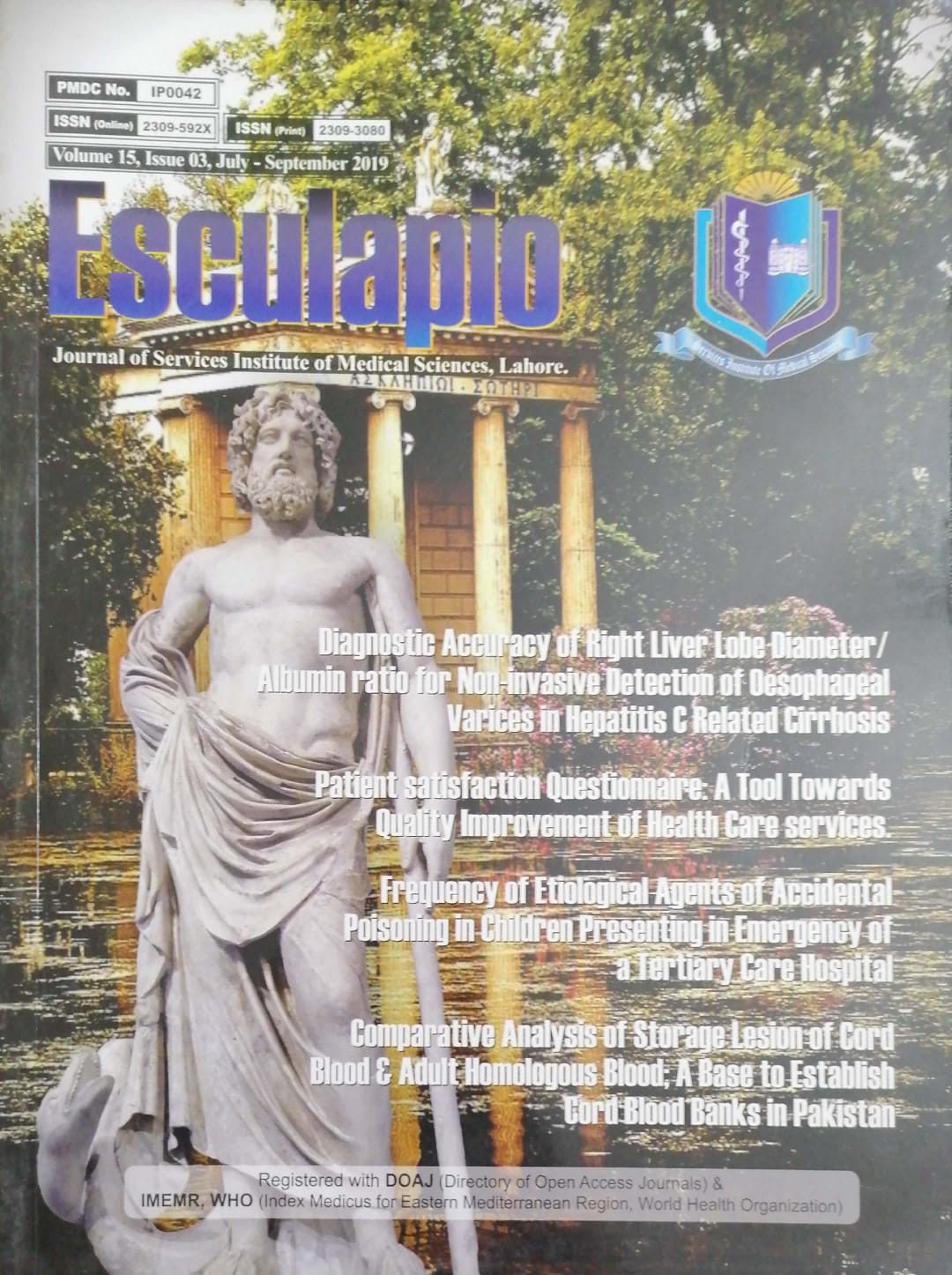Gender and Acute ST Elevation Myocardial Infarction (STEMI) A Cross Sectional Analysis
DOI:
https://doi.org/10.51273/esc19.715320Keywords:
acute STEMI, gender, cross-sectional study, SPSSAbstract
Objective: To determine the gender difference in various qualitative and quantitative factors
among acute ST elevation myocardial infarction (STEMI) suffering patients treated with
Streptokinase at tertiary care hospital, Gujranwala, Pakistan.
Methods: This cross-sectional study was carried out at the Department of Cardiology, GMC
Teaching hospital, Gujranwala from June 2017 to May 2018. After written consent, the data was
collected by purposive sampling. The patients admitted with STEMI of all age groups, belonging
to both genders, who were treated with Streptokinase injection were included. Statistical analysis
was done using SPSS version 25. Independent sample T test and Chi-square test were used for
quantitative and qualitative variables respectively to determine their significant association with
gender. Then, binary logistic regression analysis was also performed. The p values were taken
statistically significant if < 0.05
Results: Amongst 668 patients, 77.1% were male while 22.9% were female. Female had
statistically significantly less time from onset of symptoms till arrival at hospital (p=0.005), higher
pulse rate at presentation (p=0.031) and higher diastolic BP at presentation (p=0.003), lower ST
segment elevation on ECG both minimum (P<0.001) and maximum (p=0.002) and lower serum
creatinine (p=0.033). Male had significantly higher rate of H/O IHD in their male family members
of age <55 years (p<0.001) as well as in their female family members of age <45 years (p=0.007).
Obesity was significantly more prevalent among female as compared to male suffering STEMI
(p=0.037). Binary logistic regression model was statistically significant, p<0.05 and it explained
17.1% (Nagelkerke R2) of the variance in the gender wise grouping of patients and correctly
classified 77.1% of cases.
Conclusions: Significant gender difference exists in different parameters among patients who
presented with STEMI. Female reached hospital earlier after symptoms onset with higher pulse
rate and diastolic BP and relatively lower ST segment elevation on ECG. This may be due to their
good stress escape response as compared to male that cashed in term of relatively lower their inhospital mortality rate. Our male should be addressed for a similar quick response to their
symptoms to decrease MI related mortality among them. Among STEMI patients, male had
higher rate of H/O IHD in their family member while obesity was relatively more prevalent among
female which is a modifiable factor.










